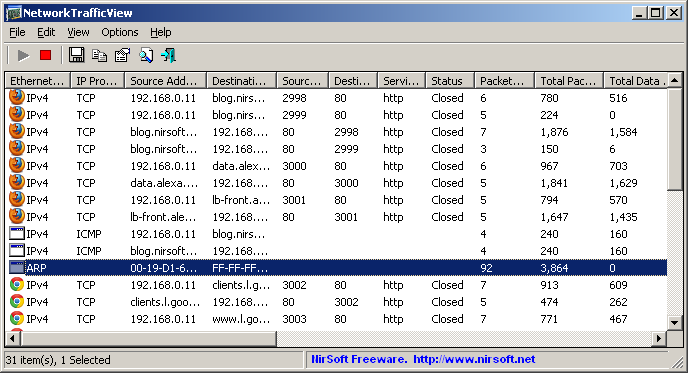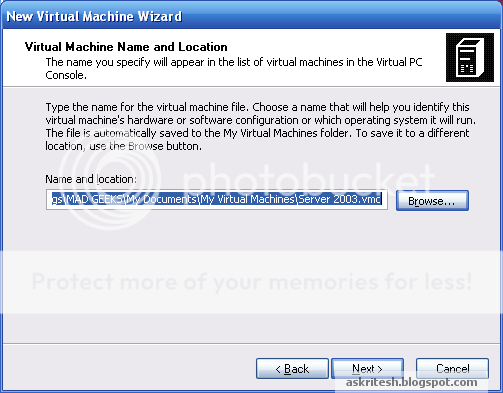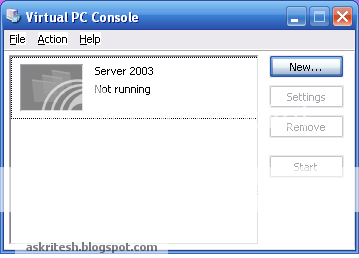Who is Mike Geary?
Mike is certified personal trainer and nutrition specialist. So he’s expert in his field and I found some articles from Mike in reputable magazines. By the way Mike is a very helpful guy! I asked him some questions by email and he responded instantly.
Why is the Truth About Abs program so much different than other fat loss or abdominal workout publications?
In my opinion it’s the fact that Mike combines diet and meal suggestions with highly effective workouts – no not crunches and sit ups – and the right doses of cardio training. I’m a busy guy and can’t spend 60 minutes a day with exercises. Truth About Six Pack Abs does not require this. 30-45 minutes workouts 2-3 times a week should do the trick.
What is the ebook about?
The Truth About Six Pack Abs Program starts with an introduction of the various sections of the belly. I thought how boring is this. But once I read more I understood how important it is and that this will help reducing the risk of train the wrong muscles.
The main section covers over 20 highly effective abs exercises. Each exercise is illustrated with easy to follow photos. There are some abs workout I’ve never seen before. The great thing is that there are a lot of workouts can be performed at home. My favourite workout is the one with a fitness ball. After a busy day I can do some exercise at home without going to the gym.
A real surprise was the nutrition section. It’s not the same crap about low carb diets you can read in most books. It’s actually a very balanced food plan. I like it and don’t miss anything. Of course I can eat once a week a burger or something heavy without bad feelings.
Another important part in Mike Geary’s fitness book is the cardio training. I found out that I did this wrong for the last two years. He exactly illustrates what cardio you need to do and the most important part is when.
Who will benefit most from the Truth About Six Pack Abs by Mike Geary?
It’s for everybody and anyone who needs to lose weight and flatten their tummy. It’s ideally suited for men who want a ripped six pack or just a flatter stomach but ladies will benefit from the program as well – my wife is doing the program as well – mothers and even grandmas who want to tone their middle.





























































